Lambing is timed with spring to take advantage of the plentiful feed and improving weather. The aim of the game is to get the best survival rate. The top reasons that lambs die are - a difficult birth, starvation, exposure, amnion over the nose (amniotic sack), organ rupture and disease.
Farmers are aiming for an average of 2 lambs per ewe, but with twins and triplets, the mortality rate increases. Needless to say - It's a busy (but rewarding!) time of year for farmers to keep on top of their lambing flock and get the best survival rate.
Keeping newborn lambs warm and dry is essential, especially on a cold wet day. The ewe should show interest and lick the lamb dry and encourage it to start feeding.
Not all Ewes are natural mothers, and younger ewes usually don't have as strong a maternal instinct as older ewes. If a ewe does not show interest, try putting her in a pen with her lamb, often this is enough for them to realise they should be mothering them. Scent is important, you can try rubbing the wet lamb on the ewes nose or use our fostering oil. Encouraging the lamb to feed off its mother can help the ewe accept it. - try this for a day or two - the mother will often detect the smell of her milk on the lamb and in its droppings and accept it. If you see the tail wagging whilst feeding - that usually means success!
If a ewe is not still not interested in its lamb, you need to intervene - dry and warm up the lamb, dip their navel in iodine to prevent infections and start bottle feeding. Alternatively, you can use an umbilical cord clamp. Umbilical cord clamps close off the navel cord preventing organism entry. Unlike iodine they will not stain your hands or affect the smell of the lamb that can cause mothering problems. It's important to get colostrum milk into the lamb within 6 hours of birth, over several feeds. You can use sheep, cow or powdered colostrum and the general rule of thumb is 10% of its body weight within those 6 hours. Use our weight sling and scales to get the right amount. See more feeding info down the page.
Products recommended for newborn lambs
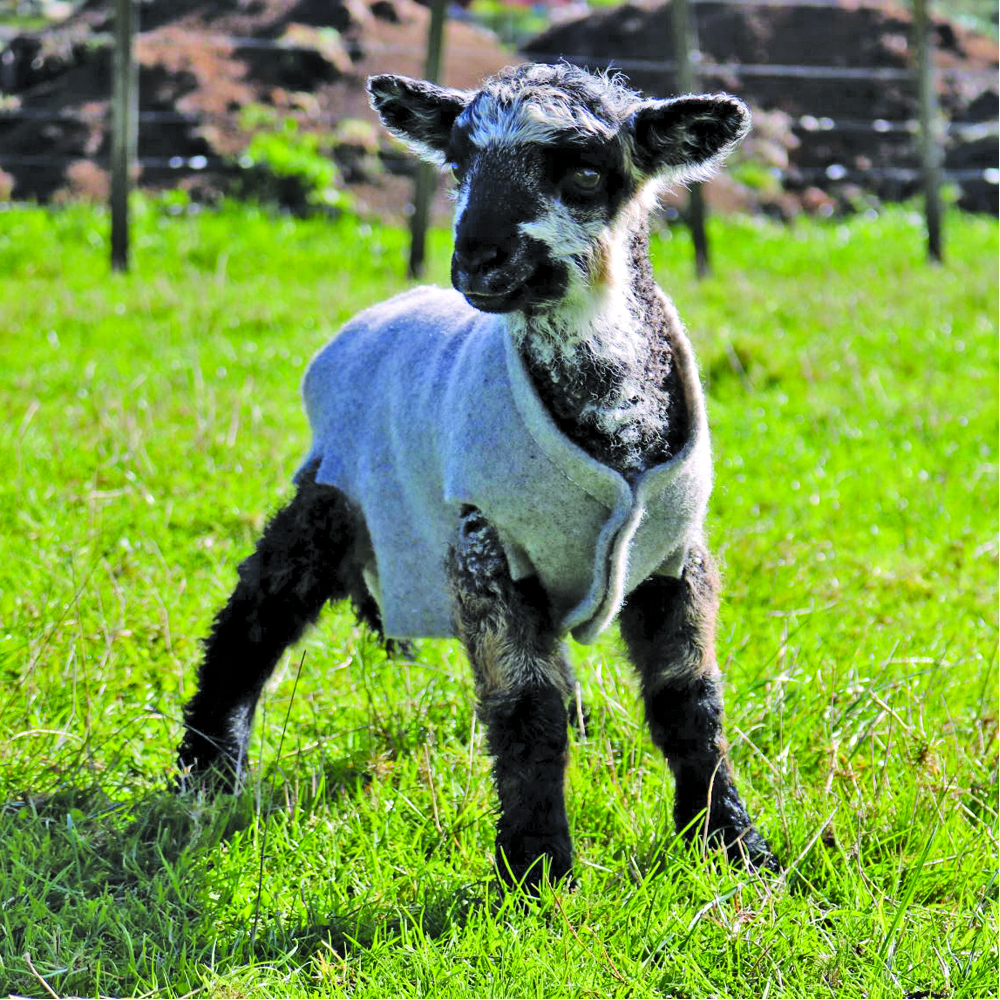
Felt wool Lamb jacket
Designed to protect new-born lambs and kids from hypothermia, promote higher growth rate with minimal disruption to mother and new-born bonding. Made in New Zealand
View Product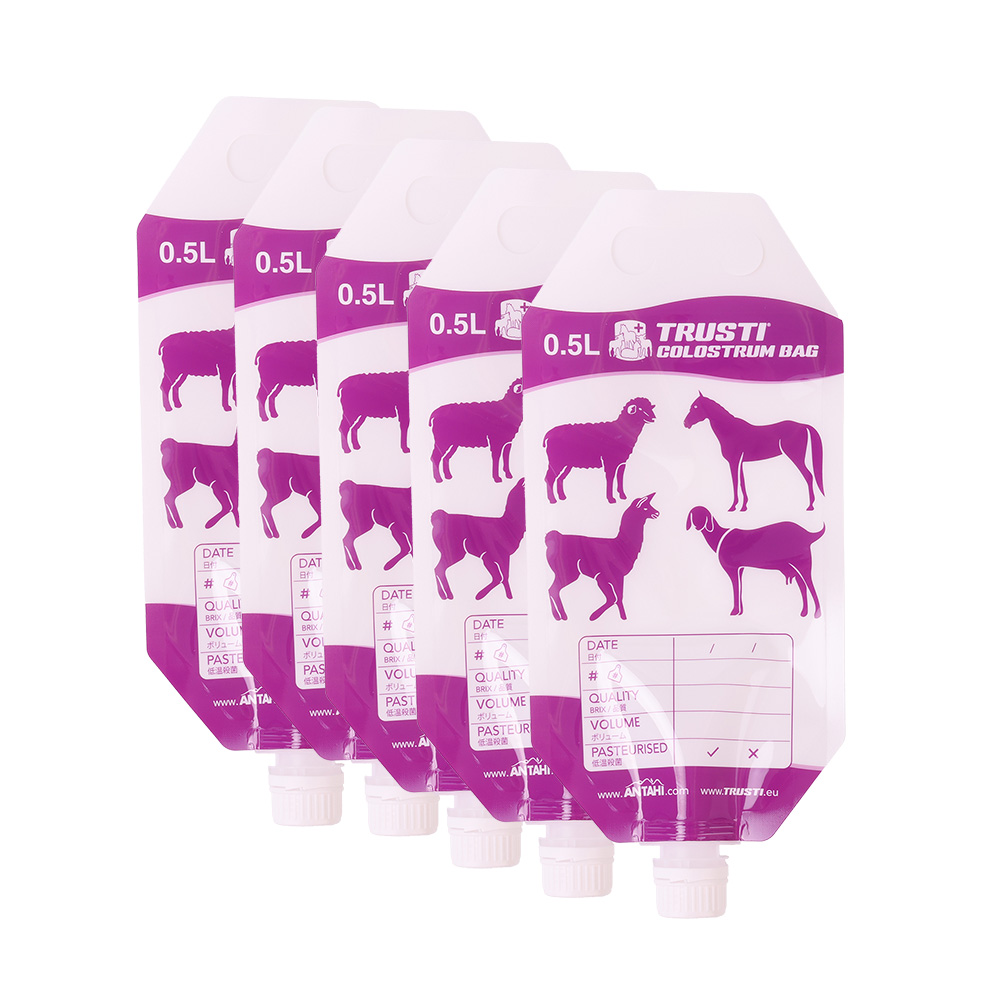
Trusti Lamb Colostrum bags
Experience superior newborn animal care with Antahi's Trusti 500ml Colostrum Bags - an easy-to-clean, durable design for storing, thawing, and pasteurising high-quality gold colostrum for foals and small animals.
View Product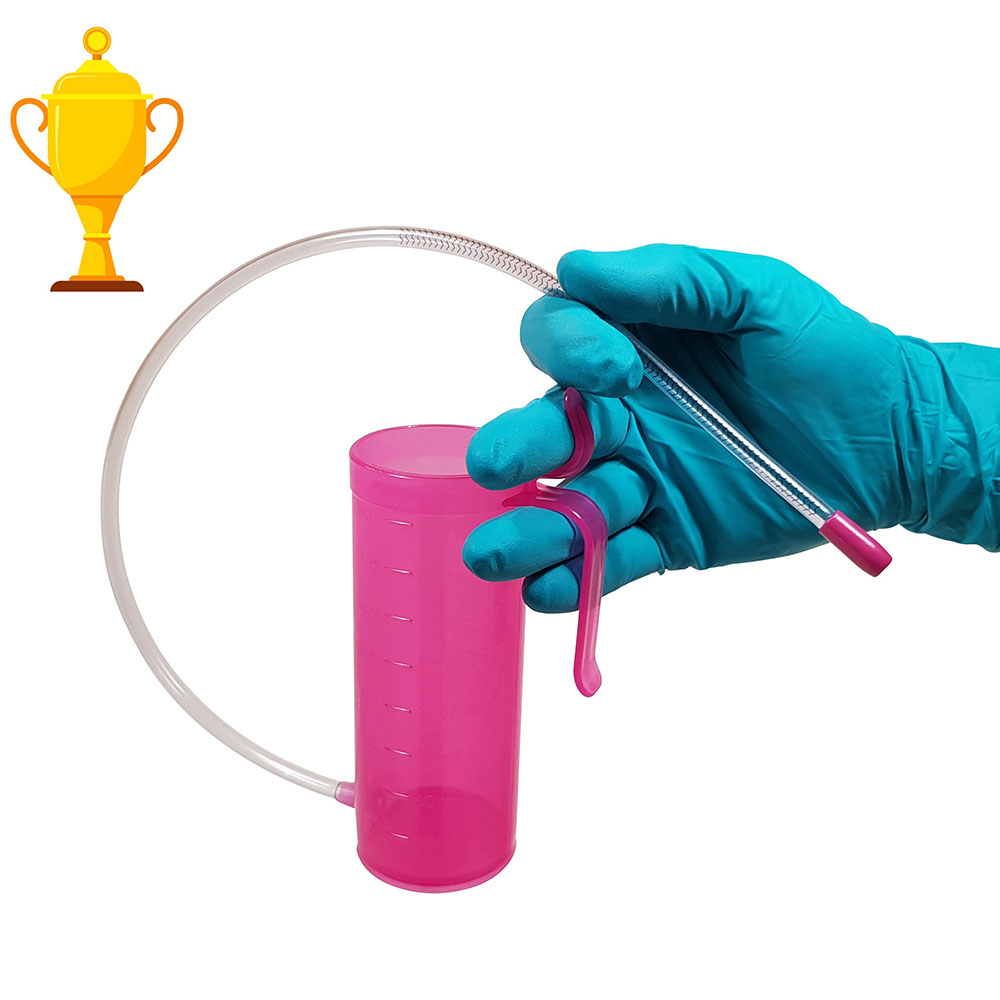
Lamb/Kid Trusti Tuber Stomach Feeder
Introducing our meticulously designed stomach feeding tube for newborn lambs, kids or fawns. One-handed operation, safety indicator strips, and a specialized tube tip ensure safety. .
View Product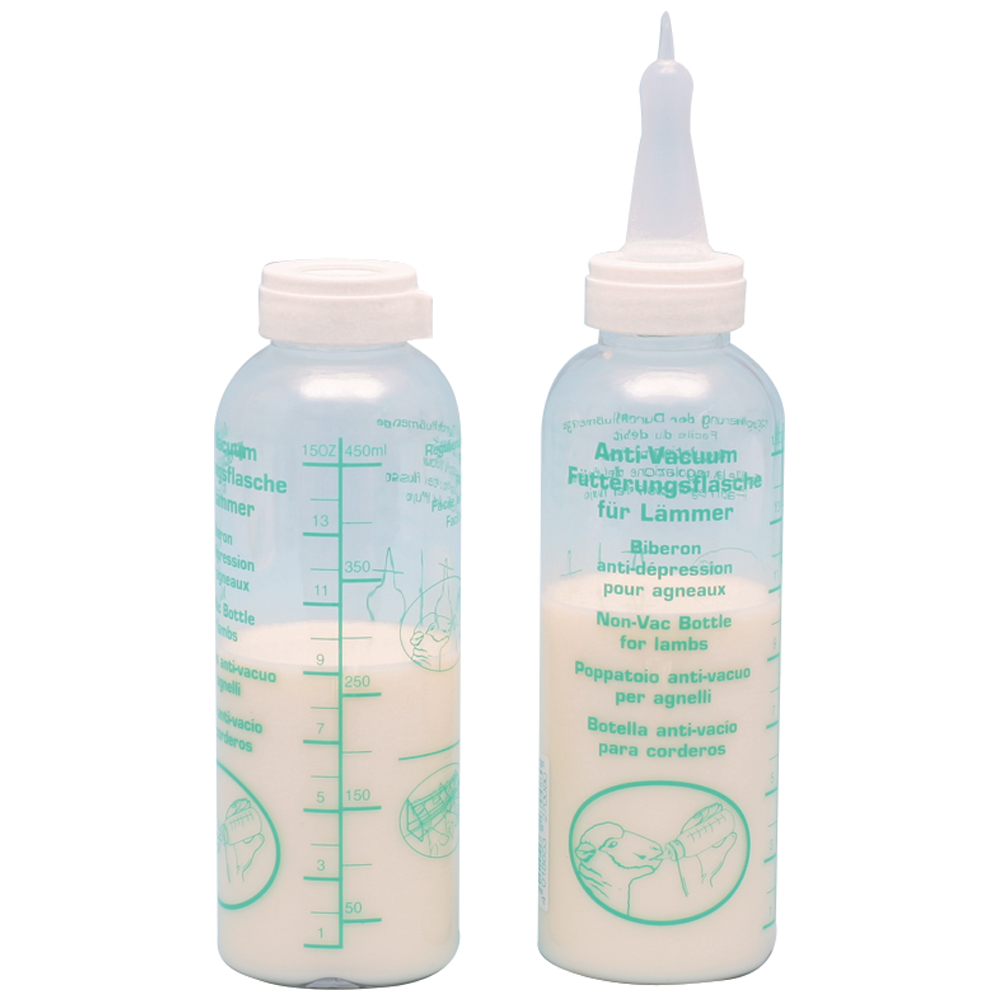
Kerbl Lamb feeder non-vac feeder bottle
Baby-quality strong and clear polycarbonate bottle cleans and sterilizes properly, unlike standard polypropylene bottles.
View Product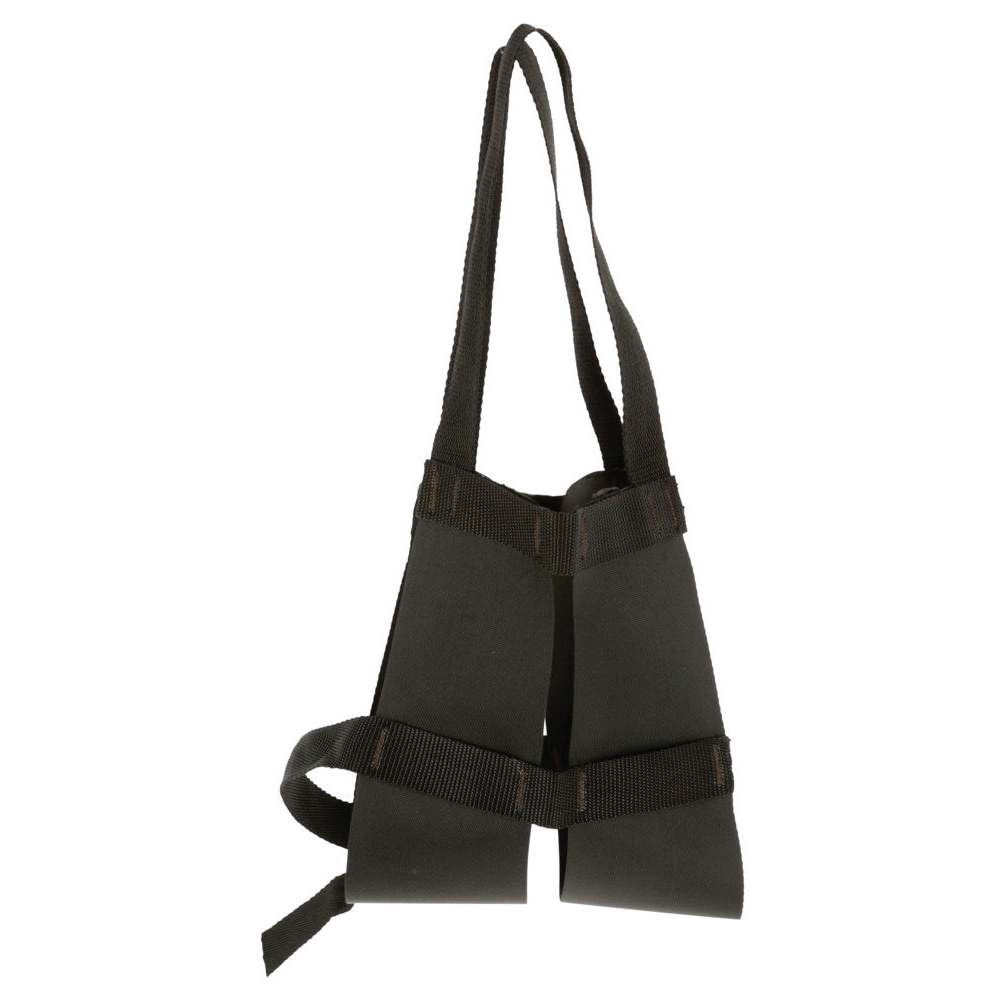
Weigh sling
For stress-free carrying and weighing of lambs (and kids and crias). A key advantage is that the mother can see, hear and most importantly smell the newborn preserving the mother and offspring bond.
View Product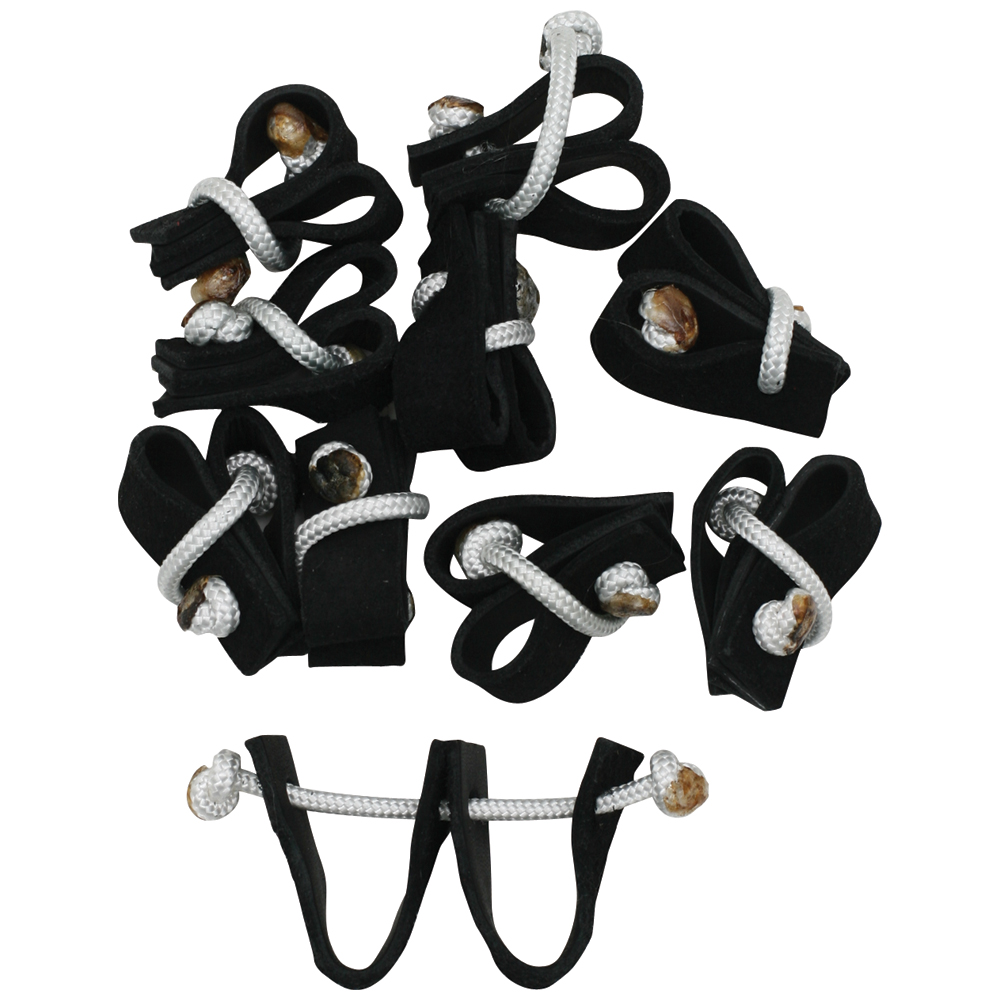
Twinning straps
Developed in Southland to solve the problem of twin lambs becoming estranged or orphaned. Made in New Zealand.
View Product
Clockface Scale
Big clear dial and pointer. Alloy body with stainless hooks. Great scales for everyday use around home or farm. These are our 'economy' brand. Excellent value.
View ProductThings to look out for
Scours/diarrhoea - either due to nutrition or infection. The majority are nutritional and are generally easy to fix - consult a vet to get advice.
Navel - bacteria can enter the bloodstream via a wet navel and result in infection or joint ill/infection. Joint Ill - signs to look out for - lamb looks lame or is slow moving or holding a limb up. Antibiotics are needed and promptly.
Eyes - keep an eye out for pink eye or conjunctivitis.
Abomasal bloat - if you are hand rearing lambs, be sure to feed little and often, using a milk replacer. If a lamb is fed large amount of milk replacer they can get a swollen abdomen, pain and even death if not treated. This can be fatal.
If you see any of the below, consult your vet: lethargic, not wanting to feed, not wanting to stand or walk, diarrhea, coughing, bloated stomach, swollen joints, swollen hot or wet navel.
Hand Rearing
You will need - bottle and suitable teat, milk - lamb milk powder or cows milk, calf powder can be used after 3-4 weeks, collar and lead (adjust as lamb grows!), shelter, pen, bedding, water container.
Ensure the lambs have shelter that is in a sunny spot and free from drafts. Warmth is really important so their energy can go into growing and staying well, rather than trying to keep warm. We recommend our wool lamb covers for newborns. Another useful product is our Infrared Lamp (for Lamb Hot Box)
- Provide bedding such as straw or woodchips and top up regularly. Ensure they have access to clean water.
- Wash bottles and teats after each feed, this is important to avoid bugs that can give your lamb scours. Use hot soapy water. Ensure you wash your hands well after feeding them.
- Toxic plants - many garden plants are toxic to lambs. Some common ones include…. rhododendron, foxglove, lily-of-the-walley, daffodil bulbs, yew, rhubarb, lilies, daphne, irises, goats rue, oleander, azalea, acorns, box hedging! This is not a complete list - best to ensure they do not have access to the garden!
- Clean the lambs mouth with warm damp cloth after feeding to avoid milk scald.
Feeding, in general (check with your vet if you are new to this)
Colostrum - a newborn lamb must have colostrum to keep it healthy. Colostrum is the first milk from the ewe. If you lamb didn’t get colostrum, you may be able to get some from a dairy farmer. If this is not available, you can use a colostrum formula.
For Milk Powder - always make up to the instructions - if you use too much or too little powder, your lamb can get sick. Don’t have the milk to hot or cold, space feeds out so lamb has time to digest before next feed. Milk = body temperature, test on your wrist.
Lambs can guzzle milk - giving them a sore stomach (milk spills into the wrong stomach - they have 4!). If you have a guzzler, take a break halfway through. Use a slow feeding nipple like our Excal topper teat.
For bottle feeding, lambs generally required 10-15% of their bodyweight per day in milk over multiple feeds. It is worth weighing your lamb weekly.
A guideline is below:
- 2-7 days old 6 x 150ml feed (yes you will need to get up in the night!)
- 8-14 days old - 4-6 x 200-250ml feeds
- 15-21 days old - 4 x 350ml feeds day
- 21 days + - 3 x 350-400ml
Introduce grass (around 2 weeks) and reduce milk feeds, wean 2-3 months over several days. If using collar + tether a swivel is essential to prevent strangulation, collars to be not too tight or cause rubbing. Tie out cable and anchor here 210664 / 206839
Stomach Feeding options
Bottle Feeding options
Castration and Docking
Docking - Usually at 7-21 days of age, a rubber ring is used around the tail (earlier the better), with a ring applicator. This will reduce dags and flystrike (flies laying eggs in the skin, often due to dags). Castrate male lambs at same time. Lambs should be vaccinated before or at the same time.
Tail docking irons can be used for large scale farm operations. Docking irons cut and cauterize the tail promoting faster healing time.
Drenching & Vaccinations
To protect lambs from worms, drench them orally at weaning and then usually every 4-6 weeks. Lambs only start to develop immunity to worms around 15 months old.
Vaccination lambs will require vaccination to protect them against various illness such as tetanus, pulpy kidney, black let. Discuss requirements with your vet. Shoof SS needles / Acu-Vax Guns
The Complete Lambing Kit List
Available from Shoof
- Sheep Gambrel Large
- Nitrile Gloves
- Protainer Bearing Retainers
- OB Lube 1L
- Lambing Ropes
- Umbilical cord clamp
- Dip Cup or Spray Bottle
- Sterile TopDoc 50ml Syringes
- Needles (18g x 3/8in)
- Range of ISL Vaccinator Gun
- Thermometer
- Stethoscope
- Refractometer
- Trusti Tuber for Lambs
- Lamb Feeder Bottle 500ml
- Felt Lamb Jacket
- Lamb Carry Sling
- Docking Rings
- Ring Applicator
- PVC Neck Bands
- Twin Straps
- Foster Oil
- Heavy Duty Storage Bucket with Lid
We also recommend
- Starter Drench for Ewe
- Iodine
- Colostrum (powdered or fresh/frozen)
- Electrolytes
- Dextrose (glucose)
- Metacam (pain relief)
- Ear Tags
- Ear Tag Applicator
- Hand Sanitiser
- Towel
- Water
- Thermos of warm water
- Chocolate Bars (for farmer)
- Energy Drinks (for farmer)
- Sheep marker crayon
